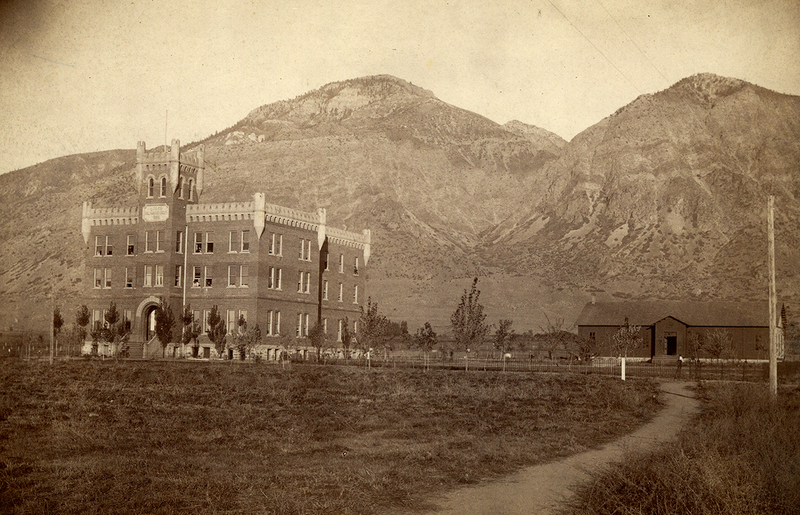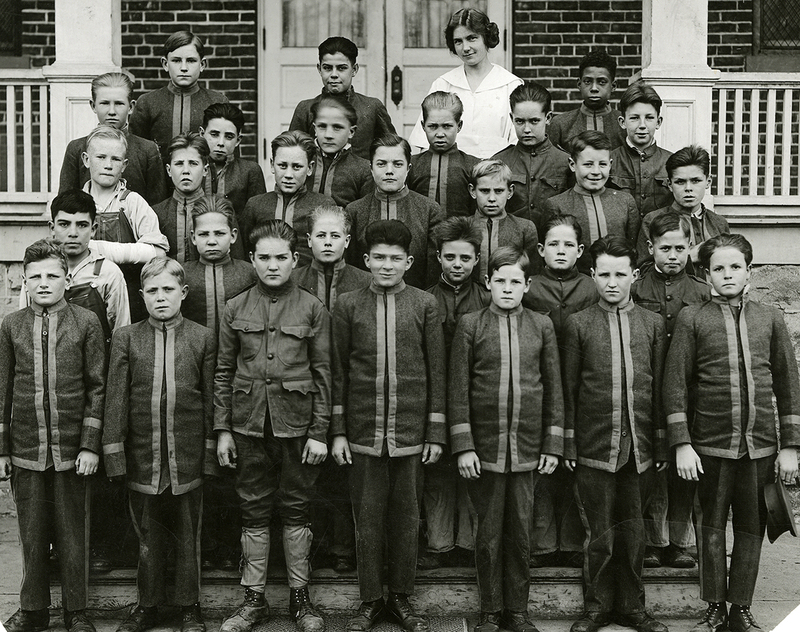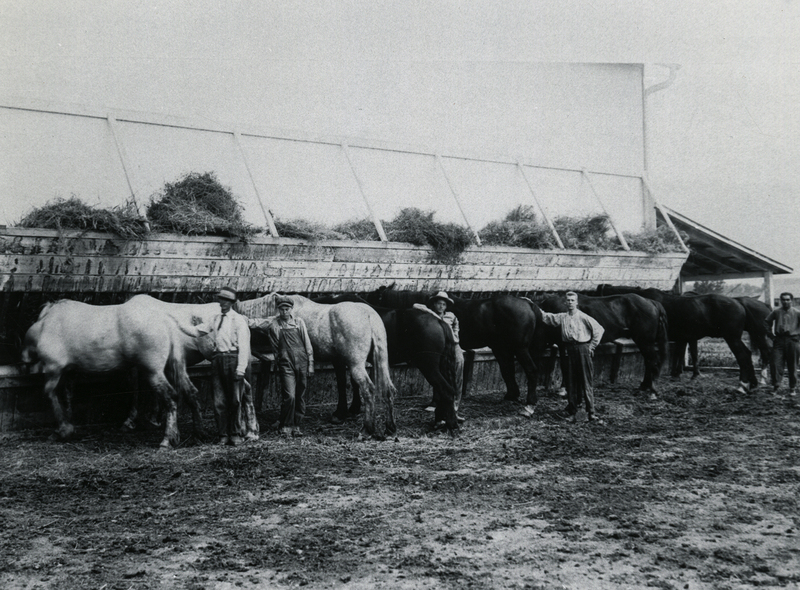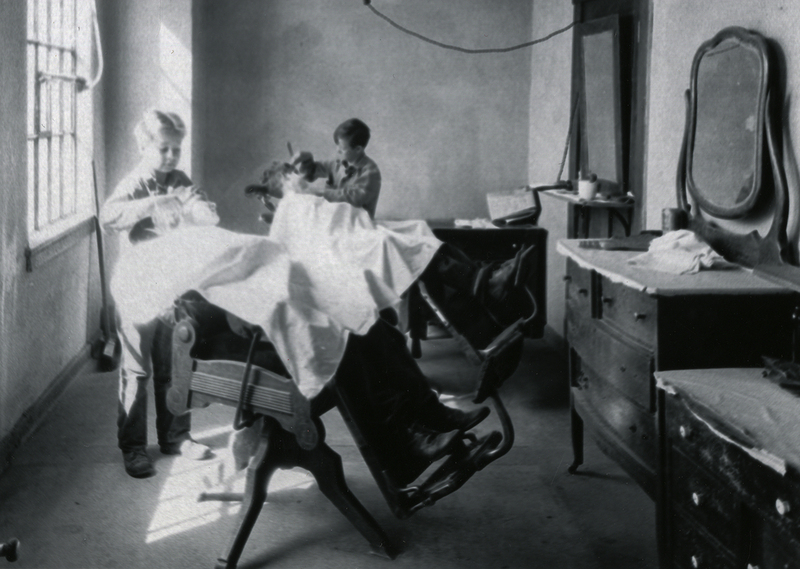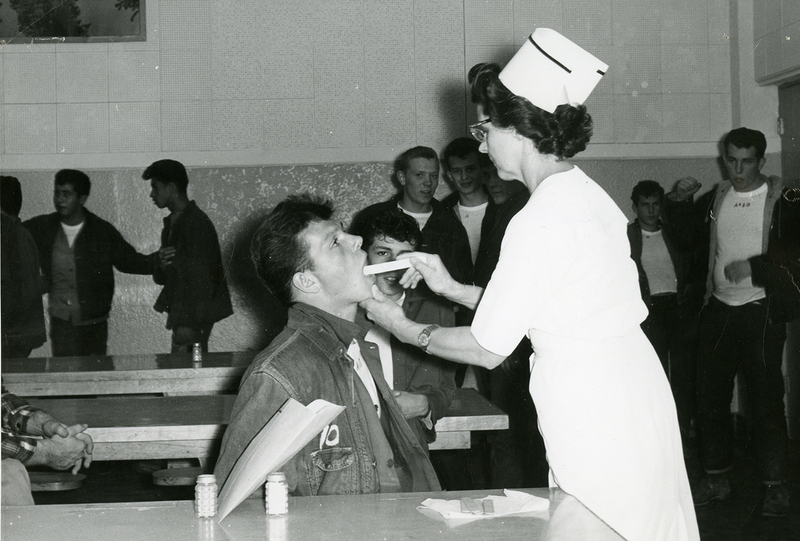State Industrial School, 1896
The State Industrial School was opened in 1889 for the purpose of educating, employing, and reforming juvenile offenders. Ogden City donated 28 acres of land to the territorial government, and $30,000 was appropriated for building construction, which was completed in October. By the end of the year, twelve boys and one girl were living at the school.
Boys were most often sent to the school for offenses such as theft, truancy, or possession of alcohol. Girls were committed mostly for “immorality” and often arrived at the school in need of medical attention for pregnancy or sexually transmitted diseases. While at the school, the students were trained in vocations such as farming, carpentry, barbering, and bookkeeping.
While many school officials sought to make the school a place of education rather than punishment, the school’s history was not without controversy. Multiple investigations looked into the students’ living conditions, discipline at the school, and staff behavior. In 1891 a fire destroyed most of the original building, and operations were moved to the old Military Academy buildings. These buildings were in major disrepair and lacked drinking water. Canal water was used for the school and there were several outbreaks of typhoid fever. Lack of funding for building maintenance was a long-standing problem for school officials.
Discipline at the school was often extreme. Misbehaving students potentially faced solitary confinement, meals of bread and water, or beatings. In 1909 local women’s clubs pushed for an investigation of Superintendent H.H. Thomas. Former staff and students alleged cruelty and inhumane treatment. Investigators uncovered a pattern of neglect and incompetence and said that Thomas failed to follow school policies against corporeal punishment. He resigned after the investigation.
In 1951 Claude Pratt took over the school and prohibited all corporeal punishment. He believed that children were best helped by well-trained and sympathetic staff. He also placed a large emphasis on the school’s vocational and high school programs. In later years, juvenile courts changed the offenses for which children were committed, and the student population declined. The State Industrial School was closed in 1983 when the Mill Creek Youth Center opened.
